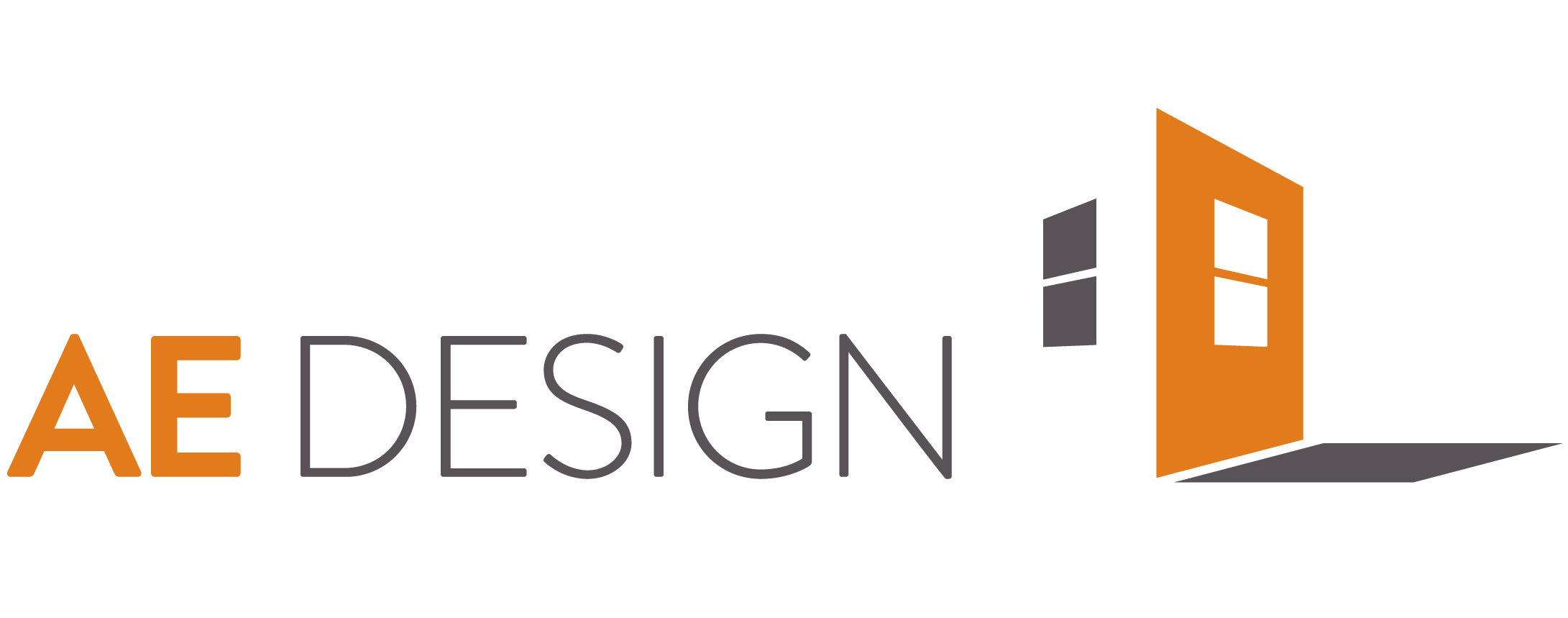Sustainable Lighting Practices I&II
Parts I & II
As the effects of climate change become more widespread and urgent, the AEC industry has been tasked with the responsibility to design for sustainability and carbon footprint reduction. As a firm that takes pride in being on the vanguard of design and technology, AE Design has put together some thoughts on the importance of sustainable lighting design, as well as some steps that can be taken to reach sustainability goals.
Many projects aim for design standards of various certifications such as LEED, WELL, Green Globes, etc. Several employees at AE Design have the ability and knowledge to design to these standards, making us uniquely situated within the industry to rise to the challenge of sustainable design. These certifications, as well as local codes, have become more and more conservative with their lighting power density (LPD) allowances to be more energy-efficient. The City of Boulder, for example, is one of the leading cities pushing the design community to more sustainable and energy-efficient lighting design solutions. AE Design does a considerable amount of work in Boulder, and elsewhere, and is well-adapted to achieving a more sustainable design.
Part I | Daylight Strategies - Use What Your Mamma Gave Ya!
Incorporating daylight design strategies into our electric lighting and control design solutions is vital for the health of people, profit, and the planet. With the sun’s unlimited supply of energy, daylight is completely free to use as a reliable source of illumination. Enhanced daylight design gives building occupants a visual connection to the outdoor environment, constant stimulation to their circadian rhythm cycle, and a greater sense of place and connection to their surroundings. Regarding profit and planet benefits, daylighting design is great for the bottom line because it lowers energy usage and saves the Owner money. With the use of photosensors, we can utilize automatic daylight dimming and dynamic shade control to reduce electrical and mechanical loads.
Planning for daylighting is very important. The building orientation can affect the use of daylighting and occupant comfort on a substantial scale. In the US, daylighting from the north can provide even lighting with no visual discomfort, while south-facing sunlight can provide more dynamic, bright patterns and more passive solar gain. Some strategies for bringing daylight into the space are incorporating side lighting (windows), top lighting (skylights), sloped glazing, roof monitors, clerestories, and solatubes. All these strategies can reduce the amount and need for electric lighting during the day, therefore, decreasing the cost of utilities used.
Part II | Protecting the Night Sky - Keep Light Levels Low
Light pollution, light trespass, and sky glow caused by artificial light have been a growing problem in cities and have even been linked to environmental injustice in lower socioeconomic neighborhoods. The International Dark Sky Association (IDA) is the recognized authority on light pollution and has been making strides to combat its negative effects. IDA protects the night sky from light pollution, preserves the night sky for astronomers and stargazers, mitigates disruption to migratory patterns for animals and birds, and establishes best practices and resources for artificial light in the nighttime environment.
Many local jurisdictions have adopted lighting ordinances that enforce regulations on maximum light levels and acceptable light fixtures to mitigate light pollution. Full cutoff fixtures are the best type of fixtures for combatting light pollution, which means that the fixture must be pointed downwards with no light-emitting upwards above 90 degrees. The Backlight/Uplight/Glare (BUG) rating is the main standard designers should be looking for when designing dark sky-friendly exterior spaces. The U, or uplight, rating of the fixture should be “0” meaning that there is no uplight-emitting from the fixture. Other factors that assist in mitigating light pollution are the strategic placement of light fixtures, utilizing a more even pattern of light at a lower output as opposed to brighter, higher-output fixtures, and using warmer color temperatures. Designers should consider only lighting the areas that require illumination, keeping accent lighting minimal and well-shielded at key features only, and using optical accessories or back spill shields to prevent light trespass on other properties.
Creating a hierarchy of light using contrast ratios for safety and security as the guiding principle can greatly reduce the overall amount of light needed. In terms of color temperature, blue light emissions should be minimized. Using a color temperature of 3000K maximum is the best solution. Controls for the light fixtures are also crucial for conscious lighting, as lighting should only be on when necessary. It is important to consider motion sensors, auto-dimming to 50%, or automatic off at specific times when supplemental light is not necessary.
Stay tuned for Sustainable Lighting Practices III & IV


